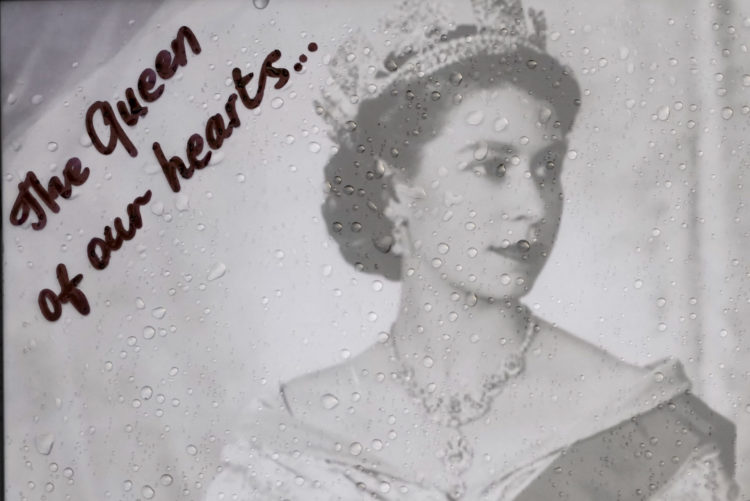The Queen is dead. Long live the King.
OK, that may be the most predictable line I've ever written, but a version of it has been working for the Brits for, what, about 1,100 years now? And as much turbulence as the Crown has faced through that millennium of time, it has endured. Seventy years under the reign of Elizabeth II — the longest in British history — came to an end with her death last week, at 96. She remained steadfast as her nation lurched through crises that ranged from a diminished world empire to brutal economies to wars to the Irish Troubles to, most recently, Brexit. And, of course, there was the anguished death of Princess Diana, 25 years ago; I expect conspiracy theories still circle.
I am neither defender nor detractor of the royals as a concept. Truth is, I don't know enough about monarchy to feel entitled to more than a pop-culture opinion. And plenty of so-called democracies have their own issues to account for, as do churches, sports leagues, businesses, political parties. Pretty much any institution that combines the flaws of humans with the hunger for power tends to trip over itself. Is a monarchy that different in form or, as with so much, does it depend on the holder of the throne?
But I have always loved movies about the Crown — so much tangled intrigue! Also books, especially authoritative biographies that compel like fiction: Allison Weir's "The Life of Elizabeth I" provided important insights when I was struggling with my own loyalty to authority; who needs Real Housewives from Anywhere when you can read Weir's expansive "The Six Wives of Henry VIII?" I have forgiven Hilary Mantel her lapse into confusing pronouns after devouring the entire Wolf Hall trilogy about the somewhat imagined life of Thomas Cromwell (labeled "literary fiction") as he went from blacksmith's son to kingmaker to the guillotine; the next release of the BBC series, with Mark Rylance as Cromwell, can't come soon enough. And of course, two words: "The Crown" on Netflix; filming of new episodes reportedly has been suspended in respect for Elizabeth's death.
For all that, it took an embarrassingly long time for me to realize that, when chorusing my opening line above, people were, in one breath, heralding the death of one king and honoring the ascendance of another. (I once thought it represented a belief in a physical afterlife.) Things might change slowly in entrenched British culture, but those folks sure don't waste time passing the torch.
History in the rear-view mirror
Despite my Cliff Notes knowledge of the British royals — do NOT ask me to recite the successions or even distinguish the Hanovers from the Windsors, I confess to a fascination. And as my appreciation of history has grown with age, so has my interest in the narratives that have been spun through time, and how those narratives are often proved flawed, or downright false, with deeper reporting. For one example, check out "The Last King of America," a meaty biography of George III in which British historian Andrew Roberts challenges the notion of George as a less-than-sane brute who deserved to lose the colonies.
Within seconds of Elizabeth's death last week, the narratives she has been wrapped in dominated news sites and social media. Another confession: I bookmarked most of the former for an extended indulgence in the latter. Even in the cheeky riffs, there was learning to be done. |
|
